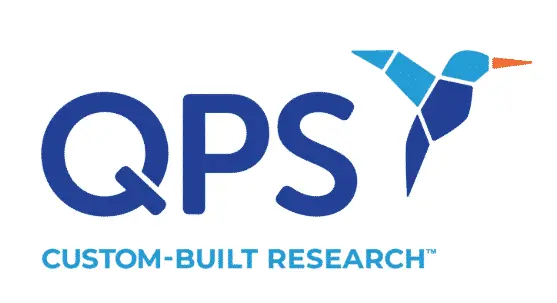The promise and potential of gene therapy have gone through several iterations since the 1960s, when scientists first hypothesized that introducing DNA sequences into their patients’ cells might be able to cure certain genetic disorders. Tracking the history of gene therapy from the 1960s until today is a snapshot of scientific breakthroughs, setbacks, and milestones.
A Brief Overview of the History of Gene Therapy
Although the concepts of gene therapy initially arose in the 1960s, scientists didn’t see significant technological progress for the first 20 or so years. Real breakthroughs in recombinant DNA technology began to occur in earnest in the early 1980s, beginning with the publication of a paper that demonstrated, for the first time, that it was possible to use a virus as a mechanism for inserting genes into stem cells.
The first major success story in the history of gene therapy occurred in 1990 with Ashanthi de Silva, a 4-year-old girl diagnosed with severe combined immunodeficiency (SCID) caused by a rare genetic disorder, adenosine deaminase (ADA) deficiency. Doctors successfully used a disabled virus to introduce a healthy ADA gene into her blood cells. Today, de Silva is in her 30s and a rare disease advocate. The history of gene therapy officially had its first major breakthrough.
But that same decade also saw tragic setbacks. In a 1999 clinical trial, Jesse Gelsinger, an 18-year-old, began gene therapy for a rare genetic condition known as ornithine transcarbamylase deficiency. But the treatment triggered a catastrophic immune reaction, and only four days after receiving treatment, Gelsinger died. The tragedy shocked and sobered both the scientific community and the general public, prompting investigations into the safety measures and regulatory oversight of other gene therapy trials in progress and grinding many developments in the field to a halt.
By the early 2010s, though, scientists had improved the viral vectors delivering gene therapies, allowing them to more precisely and safely target specific genes without triggering dangerous immune responses.
FDA Eyes New Policies
In the past decade, the pace of successful gene therapy breakthroughs has picked up steam across the globe. New methods for delivering or repairing genes — like gene editing and base editing — and other genetic therapies have created promising alternative pathways for treatment, and today, over 400 gene therapy studies are active worldwide.
In the U.S., the number of applications for new gene therapies has been so immense that the FDA is looking for better strategies to manage the influx and expedite the development and testing process so that innovative therapies can be brought to patients more quickly.
One of the people behind this push is Peter Marks, director of the Center for Biologics Evaluation and Research (CBER), a division within the FDA. Marks has been frustrated by the slow pace of developing and testing new gene therapies. As Marks emphasizes, “I don’t think we have a really long time to play around.”
Transforming the Environment
The way forward, Marks believes, is by transforming the environment, accelerating endpoints, and supporting regulatory flexibility. To that end, the CBER has replaced the Office of Tissues and Advanced Therapies (OTAT) with a much larger office: the Office of Therapeutic Products (OTP). The six offices of the OTP oversee 14 divisions and 33 branches, and with an expanded staff, the office aims to expedite the assessment and approval process for gene therapies.
Marks has also proposed that the CBER borrow from innovative strategies used in another division of the FDA, the Oncology Center of Excellence (OCE), which include an “accelerated approval pathway for promising therapies.” CBER also plans to work towards better cooperation between international regulatory authorities.
The process has already begun, with the FDA recently accelerating the approval of QalsodyTM (tofersen), a treatment for amyotrophic lateral sclerosis (ALS).
Overall, Marks expects that the necessary environmental transformation — accelerating the pace of gene therapy research while working to bring costs down — will take two to three years. The end goal is to provide life-saving therapies to patients who need them. As Marks summarizes, “If we get it right, it will make a huge difference in the bio-economy.”
QPS is a GLP- and GCP-compliant contract research organization (CRO) delivering the highest grade of discovery, preclinical and clinical drug research development services. Since 1995, it has grown from a tiny bioanalysis shop to a full-service CRO with 1,100+ employees in the U.S., Europe and Asia. Today, QPS offers expanded pharmaceutical contract R&D services with special expertise in neuropharmacology, DMPK, toxicology, bioanalysis, translational medicine and clinical development. An award-winning leader focused on bioanalytics and clinical trials, QPS is known for proven quality standards, technical expertise, a flexible approach to research, client satisfaction and turnkey laboratories and facilities. Through continual enhancements in capacities and resources, QPS stands tall in its commitment to delivering superior quality, skilled performance and trusted service to its valued customers. For more information, visit www.qps.com or email info@qps.com.








